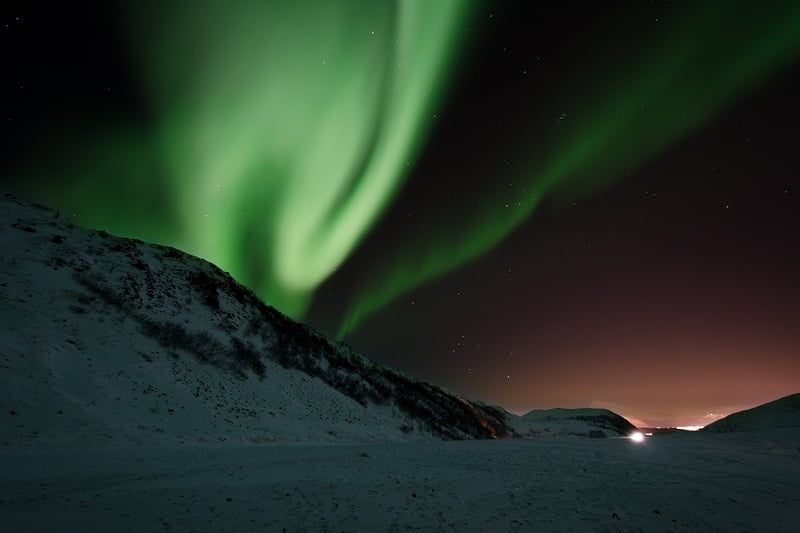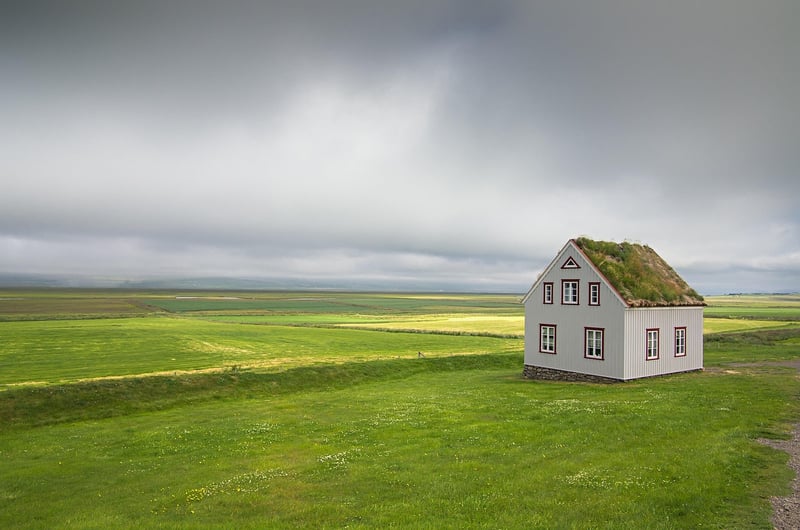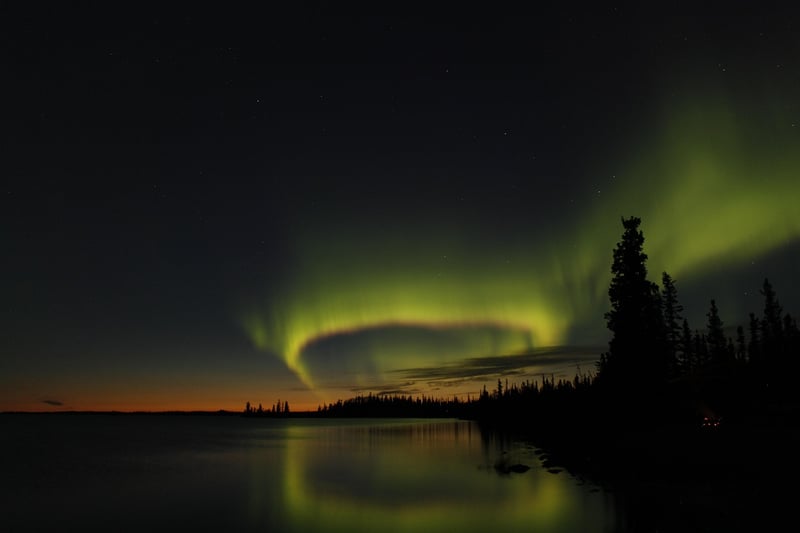Aurora Borealis
Celestial Phenomena Discoveries: Aurora Borealis
When we look up at the night sky, we are often mesmerized by the beauty of celestial phenomena. One of the most captivating sights is the Aurora Borealis, also known as the Northern Lights. Let's delve into this fascinating natural light display that graces the polar skies.
What is the Aurora Borealis?
The Aurora Borealis is a natural light display that occurs in the high-latitude regions around the Arctic Circle. It is caused by the interaction between the solar wind and the Earth's magnetic field, resulting in the ionization and excitation of atmospheric constituents.

Colors of the Aurora Borealis
The Aurora Borealis is known for its vibrant colors, including shades of green, pink, purple, and red. These colors are produced when charged particles collide with gases in the Earth's atmosphere at different altitudes.
Best Places to Witness the Aurora Borealis
Some of the best locations to witness the Aurora Borealis include:
- 1. Tromsø, Norway
- 2. Fairbanks, Alaska
- 3. Yellowknife, Canada
- 4. Reykjavik, Iceland
- 5. Abisko, Sweden

Interesting Facts about the Aurora Borealis
- The name "Aurora Borealis" is derived from the Roman goddess of dawn, Aurora, and the Greek name for the north wind, Boreas.
- The Southern Hemisphere counterpart of the Aurora Borealis is known as the Aurora Australis.
- During periods of high solar activity, the Aurora Borealis can be visible at lower latitudes than usual.
Next time you find yourself under the night sky in a high-latitude region, keep an eye out for the breathtaking Aurora Borealis, a true wonder of the natural world.
For more stunning images of the Aurora Borealis, visit Pixabay.
